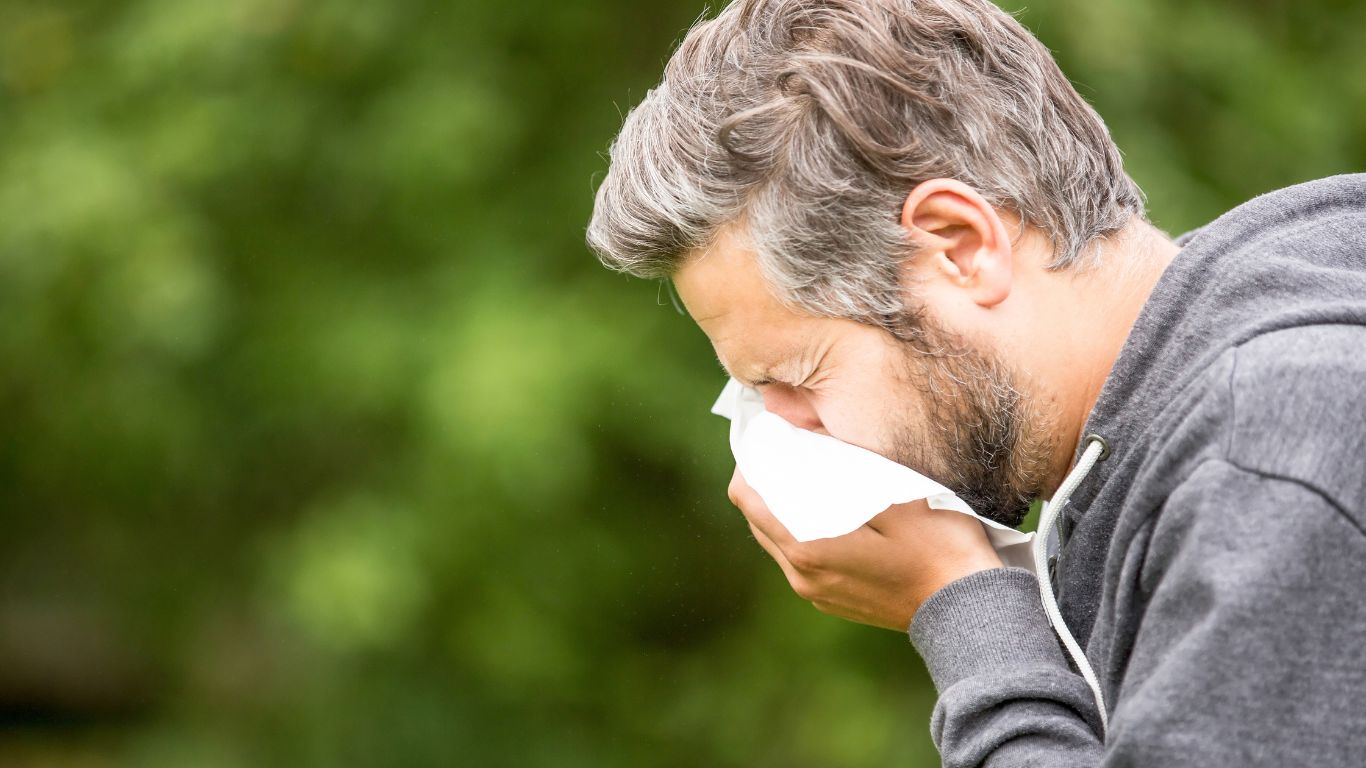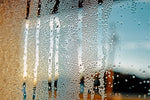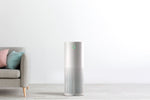Cedar Fever in Austin: What It Is, Why It’s Brutal, and How to Protect Your Home

If you’ve lived in Austin for more than a minute, you’ve probably heard someone complain about “cedar fever.” Maybe you’ve even experienced it firsthand—waking up in the middle of winter with itchy eyes, a runny nose, and a sore throat that feels suspiciously like the start of a cold. But it’s not a cold. It’s cedar fever, and in Central Texas, it hits harder than almost anywhere else in the country.
As a local Austin company dedicated to helping people breathe better indoors, we at Jaspr know just how miserable cedar fever can be. In this post, we’ll break down everything you need to know about this seasonal allergy nightmare—and how to take real steps toward relief, especially at home.
What Is Cedar Fever?
Cedar fever isn’t a virus, and despite the name, it doesn’t usually involve a fever. It’s actually a seasonal allergic reaction to pollen released by Ashe juniper trees , which are commonly (but inaccurately) referred to as “mountain cedars.”
These trees are native to Central Texas and release a massive amount of pollen into the air every winter. In fact, each tree can release millions of pollen grains per day during peak season, which is why the sky sometimes looks smoky or yellow—those aren’t clouds, they’re literal waves of pollen.
When Is Cedar Fever Season in Austin?
Cedar season typically runs from mid-December through early March , with peak pollen levels in January . The worst days usually come right after a cold front, when dry, windy air causes the trees to burst open and release their pollen all at once.
Pollen counts during this season are some of the highest in the entire country , which is why even people who don’t usually suffer from seasonal allergies often feel the effects while living in Austin.
Symptoms of Cedar Fever
Cedar fever symptoms often mimic the flu or a cold, leading many people to misdiagnose what’s really going on—especially during the pandemic years when anything with a sore throat sent us into high alert.
Here’s what you might experience:
- Sneezing fits
- Runny or congested nose
- Itchy, watery, or burning eyes
- Post-nasal drip
- Coughing
- Sore throat (often from sinus drainage)
- Fatigue or low energy
- Mild headache or sinus pressure
- Occasional low-grade fever (rare, but possible)
One of the most frustrating aspects of cedar fever is how it disrupts sleep and daily comfort. You might feel fine in the morning, but by the afternoon, your symptoms flare up. Or you might toss and turn at night due to congestion, only to wake up feeling even worse.
Why Cedar Fever Is So Bad in Austin
1. The Trees Themselves
Ashe juniper (aka mountain cedar) trees are extremely common in the Texas Hill Country and surrounding regions. These trees thrive in dry, rocky soil, and they cover thousands of acres across Central Texas. They're here to stay—and they shed pollen like it's their job.
2. The Weather
Austin’s dry, windy winters make it easy for pollen to travel. Cold fronts, in particular, act like pollen-launchers—cracking open the trees and sending clouds of pollen flying through the air. If you’ve ever walked outside and seen what looks like yellow smoke coming from the trees, you’ve witnessed a pollen release in action.
3. The Terrain
Austin’s geography, with its rolling hills and deep valleys, allows pollen to settle and linger in the air. It gets trapped in the atmosphere and around your home, making it hard to escape—even when you're indoors.
How Cedar Pollen Gets Inside Your Home
Even if you keep your windows closed and stay indoors during peak pollen days, cedar pollen can still make its way inside:
On your clothes and hair: After spending time outside, pollen clings to your clothing and gets tracked inside.
Through open doors and windows: Even brief ventilation can invite pollen in, especially if it’s windy.
On pets: Dogs and cats that go outdoors often bring pollen back in on their fur.
Through HVAC systems: Without high-efficiency filters, many HVAC systems circulate outdoor air containing allergens.
Once inside, cedar pollen doesn’t just go away. It settles into carpets, furniture, bedding, and surfaces—contributing to ongoing symptoms even after outdoor counts drop.
How to Protect Yourself From Cedar Fever
Fighting back against cedar fever takes a combination of prevention, indoor air protection, and symptom management .
✅ Check the Pollen Forecast
Sites like Pollen.com or local allergy trackers like KVUE or KXAN will tell you when pollen counts are highest. Plan your outdoor time accordingly and avoid strenuous activity on peak days.
✅ Keep Doors and Windows Closed
It might be tempting to enjoy the cool winter air, but doing so can invite pollen in. Keep your home sealed as much as possible during cedar season.
✅ Change Clothes and Shower
After spending time outside, remove your clothes and shower to remove pollen from your body and hair. This reduces the spread of allergens inside your home.
✅ Clean Your Home Often
Dust, vacuum with a HEPA filter, and wash bedding frequently to minimize pollen buildup indoors.
✅ Use a High-Performance Air Purifier
This is where Jaspr makes a difference.

Why Austinites Choose Jaspr for Cedar Season
Jaspr is a local Austin business, by people who know how rough cedar season gets. Our high-performance air purifier is designed to remove 99.97% of airborne particles, including the microscopic cedar pollen that triggers allergy symptoms.
Here’s why Jaspr is different:
Real-time air quality monitoring that automatically adjusts when pollen levels spike
Whisper-quiet performance, even while you sleep
Cleans 1,500 sq ft in under 30 minutes
No app required—just plug in and breathe easy
Commercial-grade filtration in a sleek, home-friendly design

Final Thoughts
Cedar fever might be part of the Austin experience—but suffering through it doesn’t have to be.
With a few smart steps and the right protection, you can take back your air and feel like yourself again.
Breathe easy this season—with help from your local Austin air experts.



